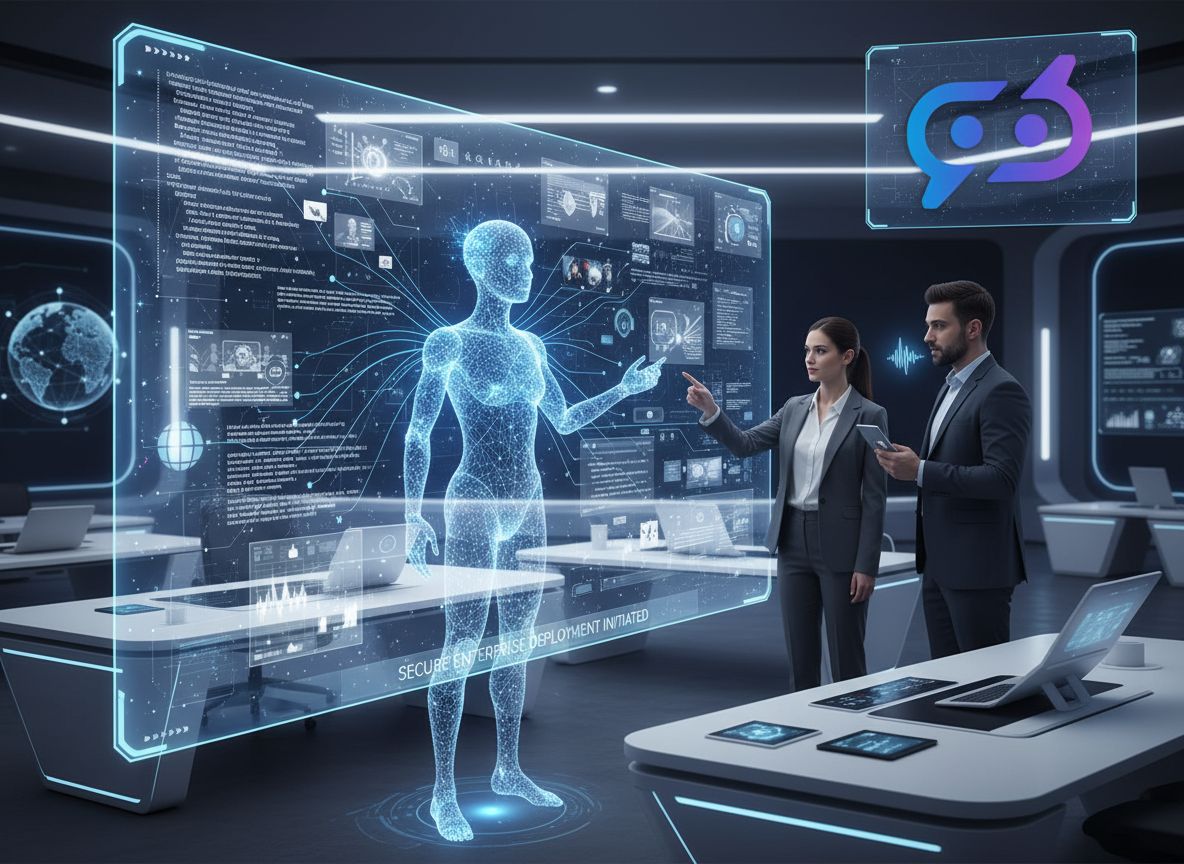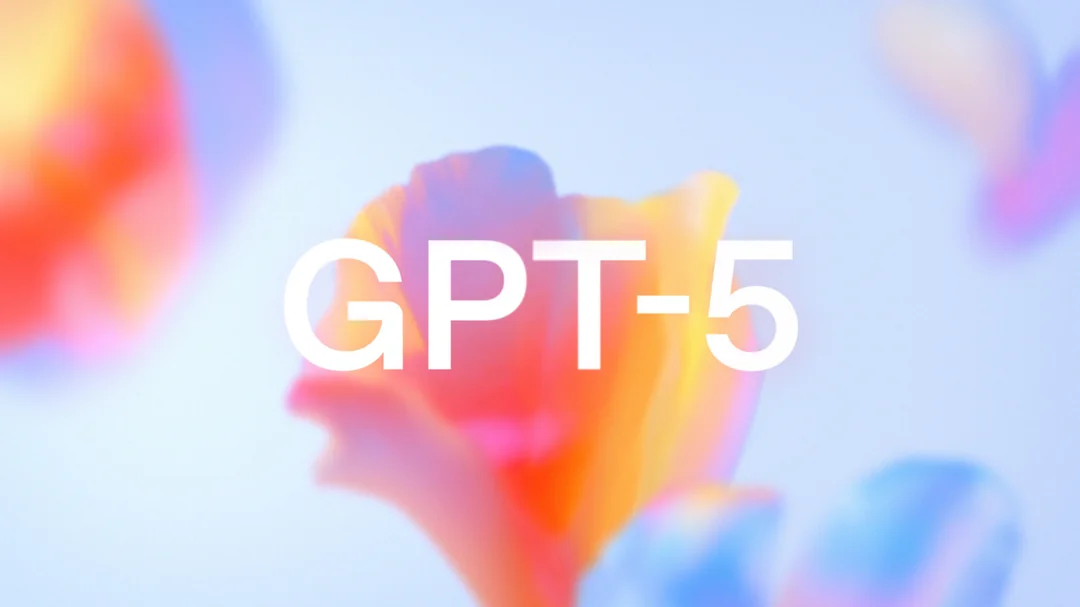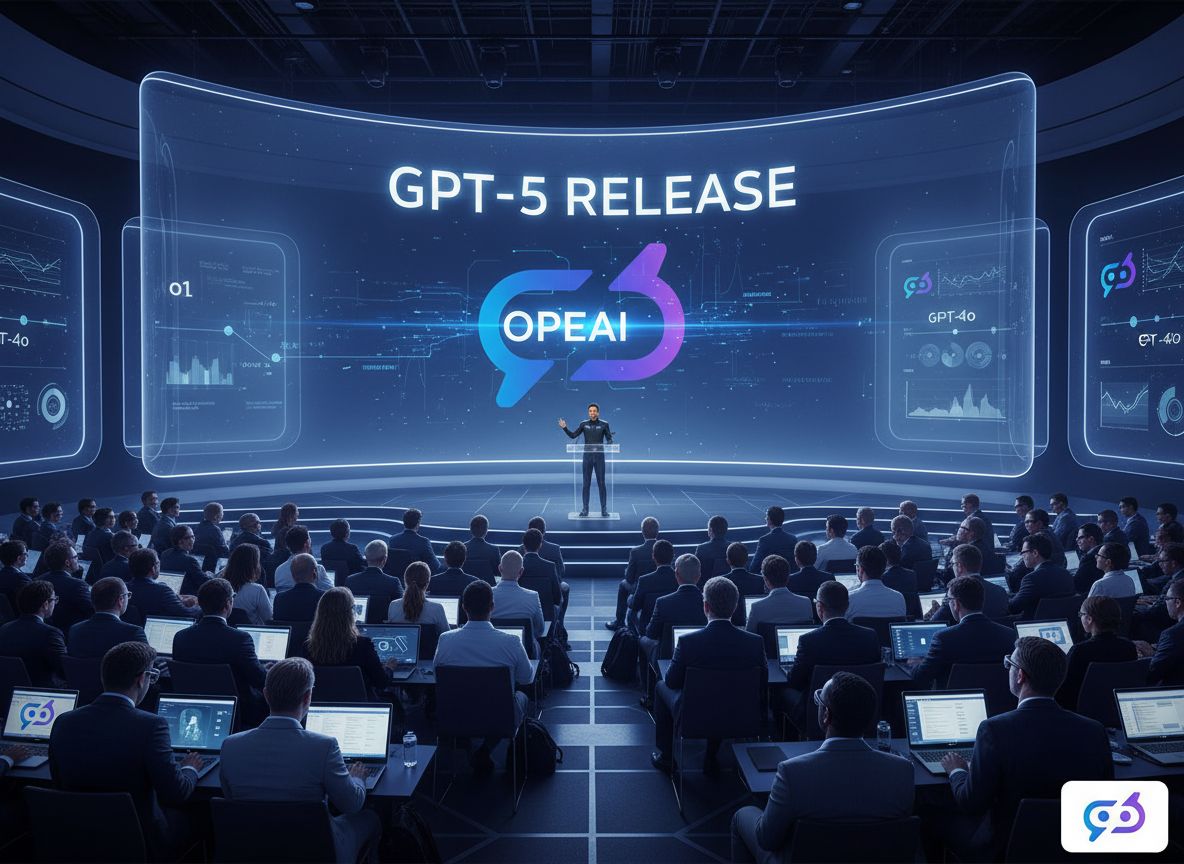
ChatGPT-5: Everything You Need to Know About OpenAI’s Breakthrough AI Model
Explore ChatGPT-5’s groundbreaking advancements, use cases, benchmarks, security, pricing, and future directions in this definitive FlowHunt guide.

Discover how ChatGPT-5 compares to GPT-4. You’ll learn about transformer innovations, real-world benchmarks, coding and agentic capabilities, security features, pricing, and practical use cases. Get actionable insights into deployment, professional automation, and the future of AI.
ChatGPT-5 is a major advancement in AI, building on GPT-4 with improved transformer architecture, memory systems, and efficiency. It sets new standards for large language models and serves as a powerful, practical tool—excelling in tasks from competitive programming to document analysis.
In this blog, we explore the innovations behind GPT-5, its performance across industry benchmarks and real-world applications, as well as deployment, security, and future directions.
ChatGPT-5 refines the traditional decoder-only transformer model by introducing
multi-query attention (MQA) and adaptive span methods,
enabling efficient processing of longer inputs.
These innovations address a core challenge from earlier models—context loss over long interactions.
GPT-5 is estimated to exceed 500 billion parameters, significantly surpassing GPT-4:
Results:
GPT-5 significantly reduces hallucinations through:
Benchmarks show a 35–50% drop in incorrect output, especially in law, science, and medicine.
Compared to GPT-4o (30.8%) and OpenAI o3 (69.1%), GPT-5 is the best choice for developers.
Supports seamless processing of massive documents without memory loss.
GPT-5 supports multi-tool orchestration with:
Includes built-in tools for:
With custom tool registration, GPT-5 adapts to business workflows. Supports stateless and stateful interactions.
GPT-5 allows structured prompts for orchestration:
"Use the SQL database to retrieve sales, convert to EUR via API, then summarize for a report."
GPT-5 executes each step in parallel where possible and integrates the result, reducing latency.
/v1/gpt5/completions — supports text, image, and audio in a single requestModel tiers:
| Model | Parameters | Tokens | Use Case |
|---|---|---|---|
| gpt-5-full | 1.7T | 1M | Full multimodal support |
| gpt-5-mini | 400B | 256K | Cost-effective compute |
| gpt-5-nano | 50B | 32K | Edge & mobile apps |
Enterprise admins can review all logs for compliance and abuse prevention.
| Model | Context | Modality | Coding | Reasoning | Price | Standout Features |
|---|---|---|---|---|---|---|
| GPT-5 | 256K | Text/Image/Voice | 92.1% | Top-tier | $20 | Memory, tools, API search |
| GPT-4o | 128K | Text/Image/Audio | 89% | High | $20 | Low latency, strong API |
| Gemini 1.5 | 1M | Full multimodal | 87% | Strong | $20 | Real-time, massive context |
| Claude 3 Opus | 200K | Text/Image | 91% | Deep reasoning | $20 | Safety, constitutional AI |
| LLaMA 3-70B | 128K | Text (mostly) | 80% | Moderate | Free | Open source, private infra |
Supports writing, learning, creativity, planning, and real-world decisions like budgeting, travel, and shopping.
Signup is instant via OpenAI’s official portal .
With its modular architecture and major gains in accuracy, efficiency, and interactivity, ChatGPT-5 sets a new benchmark for AI performance and safety.
Stay tuned as OpenAI advances toward agentic, multi-modal systems with real-time intelligence and human-aligned behavior.
ChatGPT-5 features a larger context window, improved transformer architecture, faster processing, reduced hallucinations, and advanced agentic capabilities compared to GPT-4. It also supports multimodal inputs and offers enhanced security and deployment options.
ChatGPT-5 achieves top-tier results in coding benchmarks like SWE-Bench and LiveCodeBench, offering higher solution accuracy and better support for full-stack development, debugging, and layout interpretation than previous models.
ChatGPT-5 includes reinforced training against adversarial prompts, moderation APIs, safety classifiers, real-time red teaming, output filtering, and audit logs for enterprise compliance and abuse prevention.
ChatGPT-5 offers a Free Plan with basic access, Plus for $20/month with faster replies and new tools, Team for collaboration, and Enterprise with custom contracts and full security features.
Yes, ChatGPT-5 supports API integration, custom tool registration, parallel workflows, and stateless/stateful interactions, making it suitable for automating business processes and professional applications.
Viktor Zeman is a co-owner of QualityUnit. Even after 20 years of leading the company, he remains primarily a software engineer, specializing in AI, programmatic SEO, and backend development. He has contributed to numerous projects, including LiveAgent, PostAffiliatePro, FlowHunt, UrlsLab, and many others.
Unlock the full potential of ChatGPT-5 and other leading AI models from OpenAI, Google, Anthropic, and more—all in one platform. Automate workflows, integrate advanced capabilities, and accelerate innovation with FlowHunt.
Explore ChatGPT-5’s groundbreaking advancements, use cases, benchmarks, security, pricing, and future directions in this definitive FlowHunt guide.
Explore the official release date of GPT-5 by OpenAI, how it builds on o1 and GPT-4o, and what the next generation of AI models means for developers and busines...
Learn what AI chatbot GPT is, how it works, and why ChatGPT is the leading generative AI solution. Discover transformer architecture, training methods, and real...
Cookie Consent
We use cookies to enhance your browsing experience and analyze our traffic. See our privacy policy.


